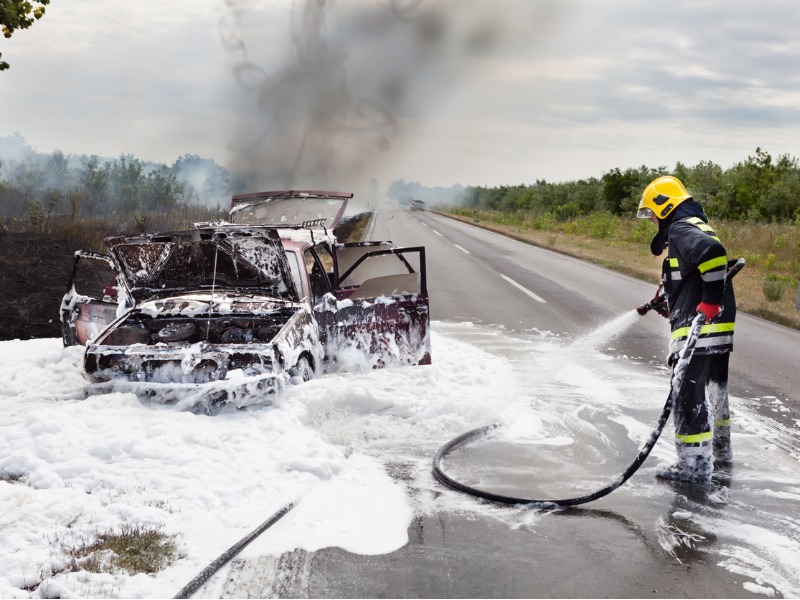Forever chemicals: Is PFAS litigation coming to Canada?

Per- and polyfluoroalkyl substances (PFAS) are the subject of a rising number of lawsuits in the U.S., and the industry can expect litigation to seep into Canada, says a risk professional.
Also known as ‘forever chemicals,’ PFAS are a group of synthetic chemicals that have chains of carbon-fluorine bonds. These bonds do not degrade easily in the environment and are incredibly difficult to break.
PFAS is water- and oil-proof and is present in countless products: non-stick cookware, pizza boxes, popcorn bags, dental floss and water-proof cosmetics, to name a few. PFAS are also a major component in firefighting foam, which is effective in quashing grease and oil fires.
Nearly 15,000 synthetic chemicals qualify as PFAS, according to the U.S. Environmental Protection Agency. But exposure to PFAS can have adverse health effects, like mimicking our bodies’ fatty acids and disrupting hormone production or insulin regulation.
Over 6,500 PFAS lawsuits have been filed in the U.S. over the last 20 years.
Just last month, consumer goods manufacturer 3M reportedly reached a $10.3-billion settlement for its public water system contamination suit in the U.S.
“Most of the litigation is taking place within the manufacturing space and with your large manufacturers, [but] it’s actually starting to permeate into other industries,” Johanne Desloges, head of commercial and surety claims at Aviva Canada, shared at the RIMS Canada Conference.
Industries at high risk of PFAS litigation include manufacturing, oil and gas, utilities, mining, transportation and government.
Several large corporations or multinational companies — i.e., Coca Cola, DuPont, McDonald’s, Chemours, and Recreational Equipment Inc. — have already seen lawsuits come through.
“Even grocery store chains aren’t immune, and Kroger in the States was sued for carrying products that contain PFAS,” said Desloges.
iStock.com/Bill Oxford
At moderate risk of seeing PFAS litigation are the retail/wholesale, warehouse, business and services, agriculture, health and construction industries.
Hospitality, amusement, fishing/hunting and education industries are at low risk.
Litigation has begun to make its way into Canada.
For example, The National Research Council of Canada has been sued by Ontario homeowners who allege the NRC’s local fire research lab polluted their drinking water and devalued their homes.
And in an employment-related case, a firefighter successfully proved his exposure to PFAS in firefighting foam led to his developing testicular cancer.
“These two [cases] set precedents, certainly, to suggest that there is an avenue in Canada for pursuing litigation as it relates to PFAS,” Desloges said. “It’s not going to happen overnight — we typically tend to wait and see what happens in the US before it emigrates here to Canada — but it will come.”
Companies manufacturing, distributing or consuming PFAS products should begin planning how to protect themselves from litigation. The best way is to stay informed about and investigate PFAS sources, Desloges said.
“Take a look at your own premises. Is there any exposure there to any of the materials that [use or] contain PFAS? If yes, is there an alternative? Find out if it’s in your drinking water and introduce filtration systems.”
Companies should also consider, among other things:
Using due diligence when selling or acquiring land
Properly disposing of PFAS-contaminated materials
Disclosing PFAS liabilities to minimize your potential for D&O liability
Feature image by







